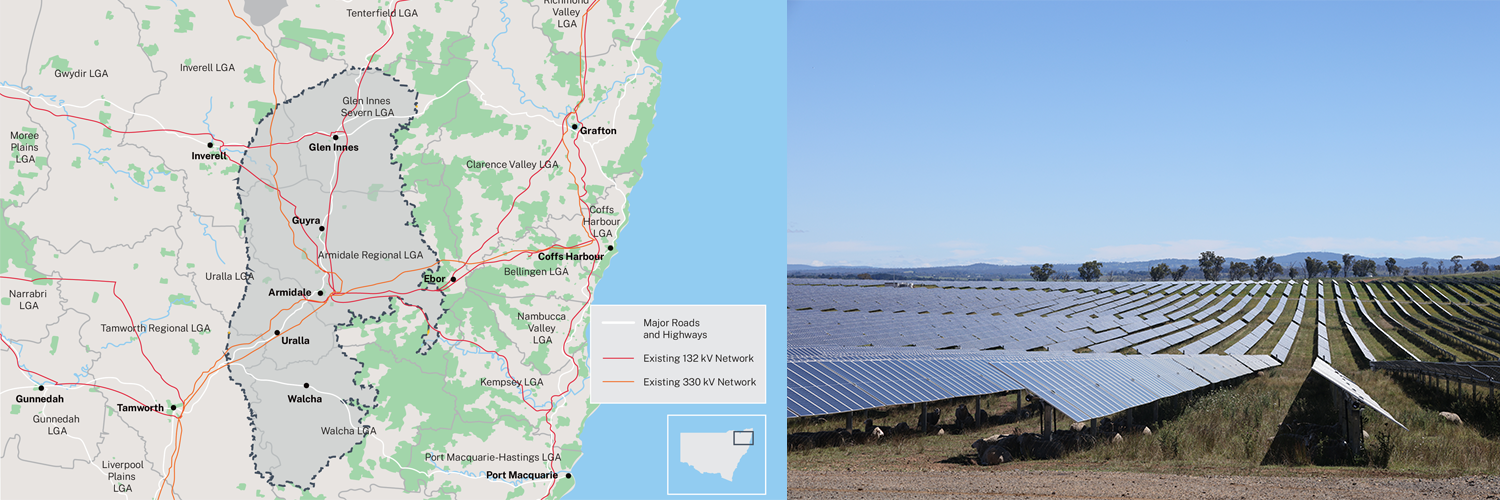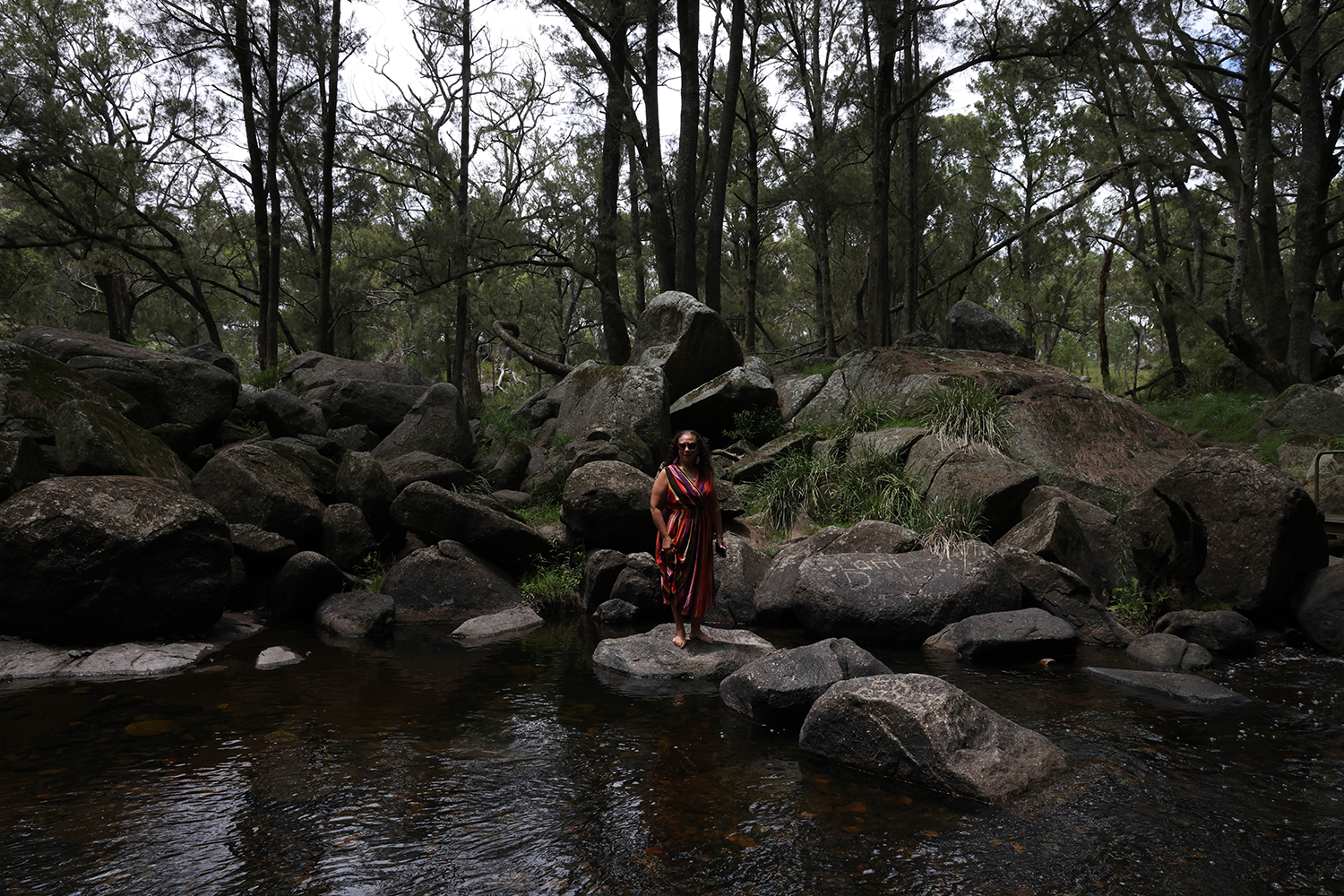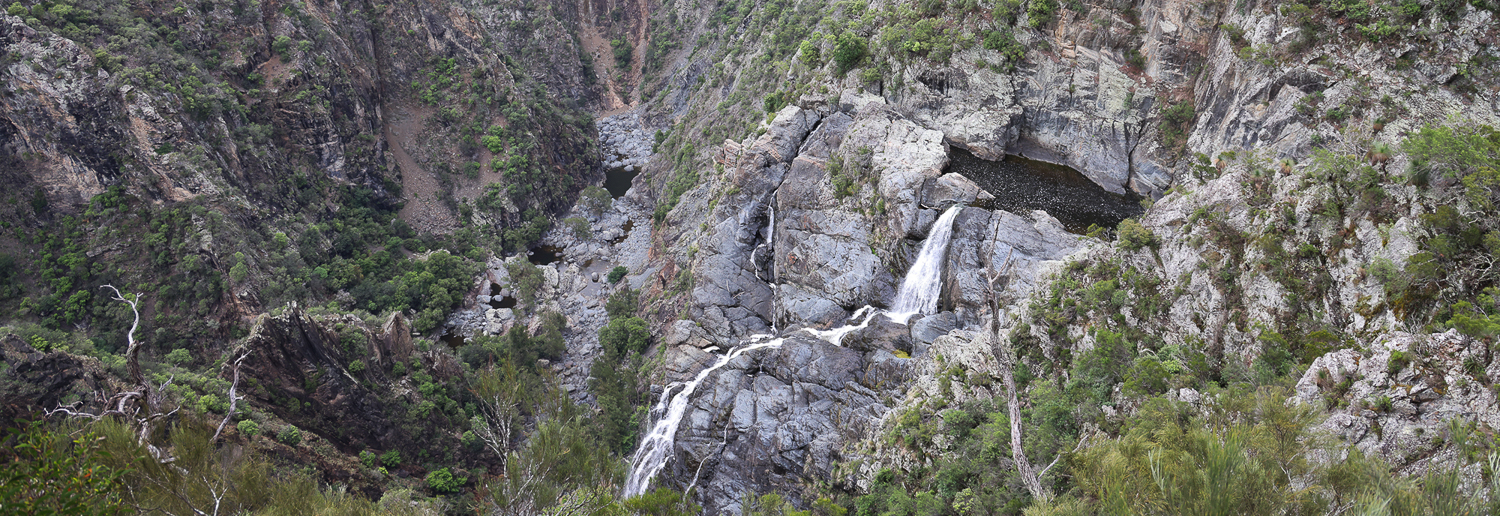As Australia looks to transition to a renewable future, we must recognise the importance of creating a robust energy network capable of supporting a growing population with ever changing energy requirements and needs. Simultaneously, we also must balance this with a genuine commitment to caring for Country and not perpetuating the damage done by other energy solutions or creating new issues in a search for a climate silver bullet. To do this we must implement holistic thinking and invest in genuine, and authentic community engagement that not only listens to community concerns but acts upon them. The release of the national First Nations Clean Energy Strategy asserts key principles and actions that places First Nations mobs at the heart of Australia’s energy transformation to ensure a just and fair transition.
The Background
The New England region has been earmarked as one of the five Renewable Energy Zone’s (REZ’s) in NSW to be delivered by The Energy Corporation of NSW (EnergyCo). The area has been identified as an optimal location to host renewable energy generation because of strong renewable energy resource potential, proximity to the existing electricity network, and consideration of potential interactions with existing land uses, including agricultural lands and biodiversity conservation. With an 8-gigawatt network capacity, the plan promises to create 6000 short term jobs, 2000 long term jobs and $24 billion of private sector investment into the region. Already there have been massive solar farms and infrastructure built and a plan for a high voltage transmission corridor through the New England region.
$24 billion of private sector investment into the region

Image: EnergyCo: https://www.energyco.nsw.gov.au/ne-rez & Murawin
In 2023, Murawin led engagements with local First Nations communities around the proposed transmission corridor, the impacts it would have and the potential benefits and opportunities this large investment could have for First Nations people in across the New England Renewable Energy Zone.
This project has special significance to Murawin because it was here on Anaiwan and Gumbaynggirr Country in Armidale NSW where Murawin was launched. It was here on the Aboriginal Mission that our co-founder and CEO Carol Vale was raised. And it is here, on this beautiful high Country filled with plains, gorges and waterfalls, that is home to family, friends and colleagues.
What this means is that Murawin has a vested interest in the future of the region, environmentally, economically, socially and culturally.

The Opportunities
On March 18, Murawin represented at the inaugural New England Renewable Energy Careers Expo which was designed for students, job seekers, and those looking to build their businesses to service the renewable energy industry. It was abundantly clear the sheer level of opportunity available for local people, businesses if they’re ready to seize it.

At Murawin, we want to be central to ensuring this regional transaction is effective, has the biggest positive impact possible and creates benefits for the local communities including:
- Job creation
- Business opportunities
- Care for Country opportunities such as regeneration and maintaining Country
- Education and skill building
With an investment of this size in the region, there is an opportunity to change the course of families and communities and provide long term sustainable jobs in an industry that, overall will minimise the effects of climate change and hopefully create more opportunities to care for Country.
The Risks
As with any large-scale infrastructure project and energy solution, renewables are not a silver bullet that fixes climate change and causes no damage to Country. Around the New England region there are many mixed opinions and emotions about the impact the REZ will have, particularly on the landscape. There are many considerations including:
- the clearing of land required and what that means for the ecosystem of life in and around the area. We must find ways to mitigate the risk of losing already endangered birds and animals.
- the lifespan of the equipment and how it is disposed.
- the mining for the critical materials needed for the manufacturing of the equipment.
There is a lot to consider, and renewables are not without their impact on the world around us. However, it is well known that we cannot continue forward in the way we have been, and new, cleaner, alternative solutions are needed to maintain the current and future demands on the energy network.
The future
No one knows what the future holds or the full effects of the push toward renewables but what we know is that the New England REZ is going ahead and with that comes a series of risks and opportunities for everyone in the region, but in particular, the First Nations communities of the region.
For Australia as a country to genuinely work towards renewables and climate positive energy solutions that will reverse some of the damage we have caused to Country, we must start thinking holistically, using Indigenous knowledge systems, to consider all the interrelated causes and effects that go along with infrastructure projects of this scale.
This means asking tough questions and really listening to the answers. It means not blindly accepting one opinion as truth. It means taking time to engage and consult with all affected communities and understand their needs and desires. But it also means we must weigh up the risks vs the opportunities and be brave enough to take a course of action, knowing that nothing is without impact on Country. It’s about minimising the damage whilst addressing the needs of the region, the state and the country.
As First Nations people, businesses and communities we must be aware of the risks and be ready to seize the opportunities and fight for the most positive impact we can have for Country, for culture and for community.


